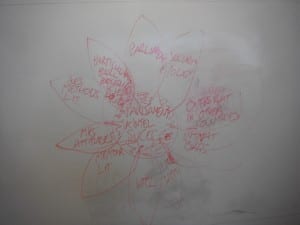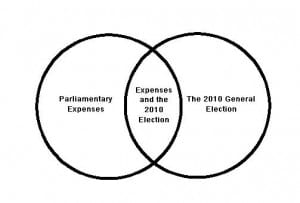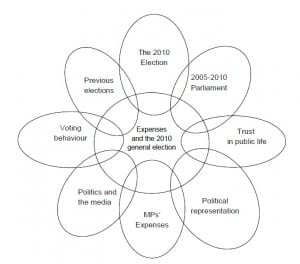 One problem students often encounter when embarking on their own research project is identifying the literature on their chosen topic. For many undergraduate students this is a new skill because for most courses they are provided with often quite lengthy prescriptive reading lists. Doing a piece of independent research involves writing your own reading list. The question is, when faced with a library full of books and journals, how does one know what to read?
One problem students often encounter when embarking on their own research project is identifying the literature on their chosen topic. For many undergraduate students this is a new skill because for most courses they are provided with often quite lengthy prescriptive reading lists. Doing a piece of independent research involves writing your own reading list. The question is, when faced with a library full of books and journals, how does one know what to read?
When carrying out a piece of research often one is working on a fairly narrow topic and the literature on that topic may be very small. This is what prompts students to turn up for supervision sessions claiming there is no literature on the subject. Leaving aside the cynical thought that this is merely a means of avoiding having to read a large amount of possibly dull books and journal articles, the problem is that whilst there may not be a large literature on your particular topic (indeed that might be a good thing in terms of justifying your work), that does not mean that your topic is not part of a wider literature in a number of different fields. One way of identifying the relevant literature is to draw a simple diagram showing the literature which might help with your research. Your topic is located at the point where the shapes intersect. The point is not to read and master all of the literature in each of the related fields but to look for those parts of them which inform or intersect with your study.
A number of years ago one of our undergraduate students, let’s call him Tom, wanted to examine the impact of the parliamentary expenses scandal on the 2010 general election. It was a very good study which I would strongly recommend you read. The literature on this precise topic is still rather limited, and was even smaller back then, just after the election, but that does not mean that there was not a significant body of literature out there to inform Tom’s study. A simple approach to identifying the literature might involve drawing on two broader bodies of work, literature on parliamentary expenses and on the 2010 general election. As can be seen in the diagram below the study takes place where the two literatures overlap:
In reality any topic, no matter how narrow, is likely to overlap with a much wider body of literature on a range of different topics. In Salsa Dancing into the Social Sciences, Kristin Luker, suggests drawing a daisy with a number of overlapping petals. This enables you to identify a diverse range of literatures which may relate to your study. It is of course daunting to identify such a wide and diverse range of relevant literature, but once again, you are really only interested in those points in which the petals overlap with your study, and also perhaps where petals overlap with each other. Using this approach the diagram for Tom’s study might look something like this:


